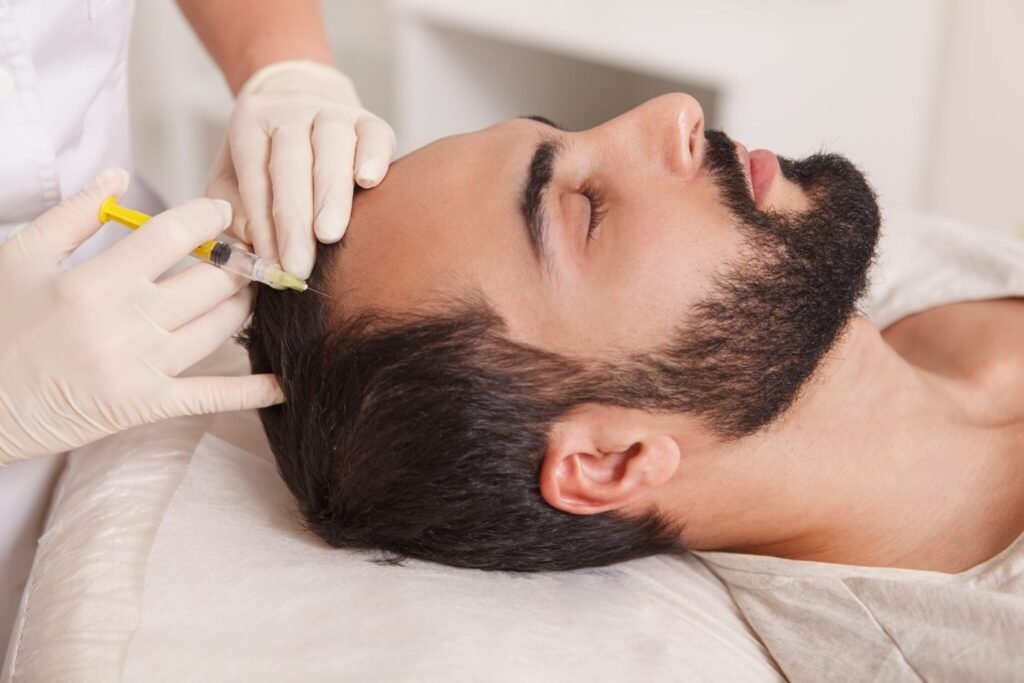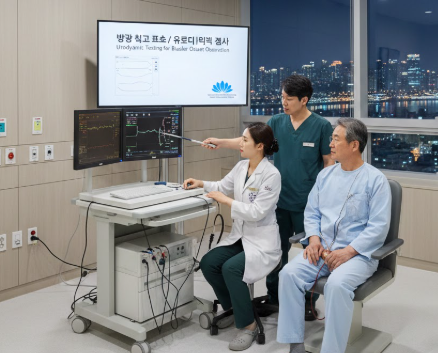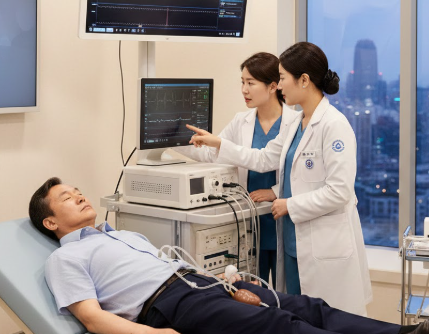Getting a hair transplant is a powerful way to regain your hair and confidence. But the procedure itself is just the beginning — proper recovery care is crucial to ensure the best results and avoid complications.
In this guide, we’ll cover essential Do’s and Don’ts for men recovering from hair transplant surgery. Following these tips can speed up healing, protect your new grafts, and help you achieve a natural, lasting hair restoration.
✅ Hair Transplant Recovery DO’s
1. Follow Your Surgeon’s Instructions Closely
Your surgeon provides tailored advice based on your procedure. Follow post-op instructions for washing, medication, and activity strictly to optimize healing.
2. Keep Your Scalp Clean but Be Gentle
Start washing your scalp gently with recommended shampoos 48 hours after surgery. Use lukewarm water and avoid rubbing or scratching the transplant area.
3. Use Medications as Prescribed
Apply topical treatments like minoxidil or take oral finasteride if recommended. These help maintain existing hair and promote new growth alongside your transplant.
4. Sleep with Your Head Elevated
For the first few nights, sleep with your head propped up on pillows at a 45-degree angle to reduce swelling and promote blood flow to the scalp.
5. Wear Loose, Comfortable Clothing
Avoid tight hats or clothing that can rub or irritate the donor and recipient areas. Use loose headwear if necessary, especially outdoors.
6. Stay Hydrated and Eat a Balanced Diet
Proper nutrition supports tissue repair. Focus on protein-rich foods, vitamins (especially A, C, and E), and minerals like zinc and iron.
7. Avoid Direct Sun Exposure
Protect your scalp from sunburn for at least 4 weeks post-surgery by wearing a loose hat or applying sunscreen as directed by your surgeon.
8. Attend Follow-Up Appointments
Regular check-ins with your surgeon allow for monitoring healing progress and addressing any concerns early.
❌ Hair Transplant Recovery DON’Ts
1. Don’t Touch, Scratch, or Pick at Scabs
Picking can dislodge grafts and cause infection or scarring. Let scabs fall off naturally within 7–10 days.
2. Don’t Smoke or Drink Alcohol
Both smoking and alcohol impair circulation and delay healing. Avoid them for at least 2 weeks after surgery.
3. Don’t Engage in Strenuous Exercise or Heavy Lifting
Exercise increases blood pressure and sweating, which can disrupt healing grafts. Wait at least 10–14 days before resuming intense workouts.
4. Don’t Sleep Flat or on Your Stomach
Sleeping flat or face-down increases swelling and risks rubbing grafts off. Always keep your head elevated during early recovery.
5. Avoid Wearing Tight Hats or Helmets
Pressure and friction can damage transplanted follicles. If you need head protection, choose loose-fitting options.
6. Don’t Use Hair Styling Products Early On
Avoid gels, sprays, or dyes for at least 3 weeks post-transplant to prevent irritation and infection.
7. Avoid Swimming and Saunas
Chlorine, salt water, and heat can irritate your scalp and harm grafts. Wait at least 3–4 weeks before swimming or sauna use.
💡 Additional Tips for Optimal Recovery
- Use Cold Compresses for Swelling: Apply gently around the forehead (not directly on grafts) to reduce swelling in the first 48 hours.
- Avoid Stress: Stress can negatively affect healing and hair growth. Try relaxation techniques or light walks.
- Stay Patient: Visible hair growth may take 3–4 months. Don’t be discouraged by initial shedding or slow progress.
⚠️ Warning Signs: When to Contact Your Doctor
If you experience:
- Excessive redness, swelling, or pus at the transplant or donor sites
- Severe pain unrelieved by medication
- Fever or flu-like symptoms
- Sudden or excessive bleeding
Contact your surgeon immediately to prevent complications.
✅ Summary Table: Do’s and Don’ts for Hair Transplant Recovery
| Do’s | Don’ts |
|---|---|
| Follow surgeon’s post-op instructions | Don’t touch or pick at scabs |
| Wash scalp gently after 48 hours | Avoid smoking and alcohol |
| Sleep with head elevated | Don’t exercise strenuously early |
| Protect scalp from sun exposure | Avoid tight hats or helmets |
| Take prescribed medications | Don’t use styling products early |
| Eat a healthy diet | Avoid swimming and saunas early |
| Attend follow-up appointments | Don’t sleep flat or face-down |
Final Thoughts
Your post-transplant care is just as important as the surgery itself. By following these do’s and don’ts, you can maximize your hair transplant success, minimize discomfort, and enjoy natural, lasting hair growth.




